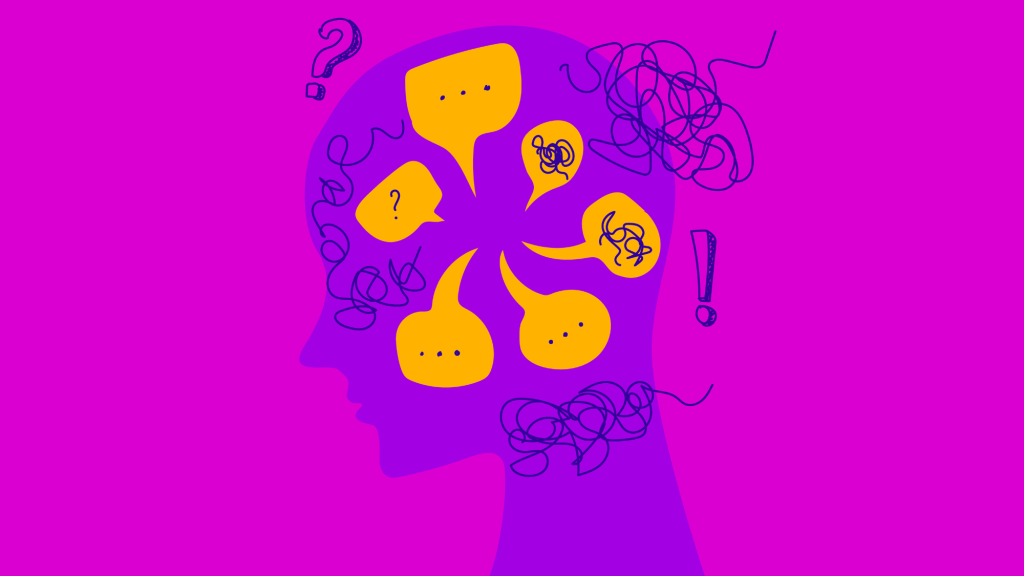On February 9, 2009, Facebook introduced the Like button. Initially, the button was an innocent thing. It had nothing to do with hijacking the social reward systems of a user’s brain.
“The main intention I had was to make positivity the path of least resistance,” explains Justin Rosenstein, one of the four Facebook designers behind the button. “And I think it succeeded in its goals, but it also created large unintended negative side effects. In a way, it was too successful.”
Videos by VICE
Today, most of us reach for Snapchat, Instagram, Facebook, or Twitter with one vague hope in mind: maybe someone liked my stuff. And it’s this craving for validation, experienced by billions around the globe, that’s currently pushing platform engagement in ways that in 2009 were unimaginable. But more than that, it’s driving profits to levels that were previously impossible.
“The attention economy” is a relatively new term. It describes the supply and demand of a person’s attention, which is the commodity traded on the internet. The business model is simple: the more attention a platform can pull, the more effective its advertising space becomes, allowing it to charge advertisers more.
But the problem is that attention isn’t some non-sentient resource like wheat or oil. Attentiveness is a human state, and our reserves of attention are finite. They’re hemmed in by sleep, work, children, and relationships with friends who find it rude when we’re on our phones. So ideally we’d want to invest our limited supply of attention on things that make us happy. But as Facebook observed, social feedback induces a burst of happiness so brief it’s addictive, causing us to return more and scroll further.
“The Like button, simple as it was, tapped into a bottomless font of social feedback,” explains Adam Alter, author of Irresistible: The Rise of Addictive Technology and the Business of Keeping Us Hooked. “And I don’t think social media companies are trying to make “addictive” platforms, per se. But since they’re all competing for our (limited) time and attention, they’ve always been focused on making the most engaging experience possible.”
Following the introduction of Facebook’s Like button in 2009, YouTube moved to a binary like/dislike format in 2010. Instagram launched that same year, and came ready-made with a Like function shaped as a heart. Twitter adopted this same heart-shaped system in 2015, while, in the years since, Silicon Valley has come up with a multitude of new ways to gamify our need for social validation.

Former Google designer and ethicist Tristan Harris lays out the most common ways we’re being manipulated on his blog. And as he explains, all of them use something called intermittent variable rewards.
The easiest way to understand this term is by imagining a slot machine. You pull the lever to win a prize, which is an intermittent action linked to a variable reward. Variable meaning you might win, or you might not. In the same way you refresh your Facebook updates to see if you’ve won. Or you swipe right on Tinder to see if you’ve won.
This is the most obvious way social feedback drives platform engagement, but others are harder to spot.
You know when you open Instagram or Twitter and it takes a few moments to load updates? That’s no accident. Again, expectation is part of what makes intermittent variable rewards so addictive. This is because without that three-second delay, Instagram wouldn’t feel variable. There’s no sense of will I win? because you’d know instantly. So the delay isn’t the app loading. It’s the cogs spinning on the slot machine.
Another piece of psychology hijacked by social platforms is that of Social Reciprocity. That’s a principle that says if someone pats your back, you’ll feel pressure to pat theirs. Facebook exploits this by alerting you when someone has read your message, which encourages the receiver to respond—because they know you know they’ve read it. And at the same time it encourages you to check back to read their inevitable response.
The same bits of your brain get tickled on Facebook as a set of wavy dots appear as someone writes a message. You might not exit if you think you’re getting a message, or in the very least you’re more likely to come back. And while Apple also employs this feature, at least they allow you to turn it off.
All this might seem a little underhanded, but it’s nothing compared to some of the design features currently showing up on Snapchat. Of these, “streaks” is the one causing the most concern, and uses elongating red lines to display the number days of since two users interacted. According to Adam Alter, this design feature is so effective that he’s heard of teens asking friends to babysit their streaks while on holiday.
“It’s clear here that the goal—keeping the streak alive—is more important than enjoying the platform as a social experience,” he says. “This is a clear sign that engagement mechanisms are driving usage more than enjoyment.”
We asked Like button co-creator Justin Rosenstein what he thinks is the most insidious form of social media manipulation, and according to him it’s the humble push notification.
“The vast majority of push notifications are just distractions that pull us out of the moment,” he says. “They get us hooked on pulling our phones out and getting lost in a quick hit of information that could wait for later, or doesn’t matter at all.”
And of course, all these little efforts to keep us hooked are having a very real impact. As Facebook’s current head of marketing bragged in this speech, the average millennial checks their phone 157 times daily. That’s a total average of 145 minutes every day that we’re trying to feel connected, validated—and liked.
The increasingly time-absorbing nature of the internet is one of the reasons Justin Rosenstein left Facebook to start his own company. Today he’s the co-founder of a company called Asana, a web and mobile app that helps teams track their work and manage projects.
But according to author Adam Alter, change will only come from the bottom up. He claims the social media business model, built around the needs of marketing agencies instead of lives, are already far too entrenched and profitable for self-governing.
“It might diminish a bit,” he says. “But as long as companies have an incentive to make their platforms as engaging as possible, the arms race forcing them to ‘manipulate’ users will continue.”
He encourages users to try and curb their own addictions, or to install phone apps that will do that for them. He also says that by demanding more ethical design practices from companies—in the same way that we demand ethical environmental practices—we’ll force change and claw back our free time.
Because as Like button co-creator Justin Rosenstein highlights, “These are our lives. Our precious, finite, mortal lives. And if we’re not vigilant, computers and mobile devices will guide our attention poorly.”
More
From VICE
-

Photo: Anton Petrus / Getty Images -

Huge new game reveals at the 2025 Game Awards -

Photo: Yulia Reznikov / Getty Images

